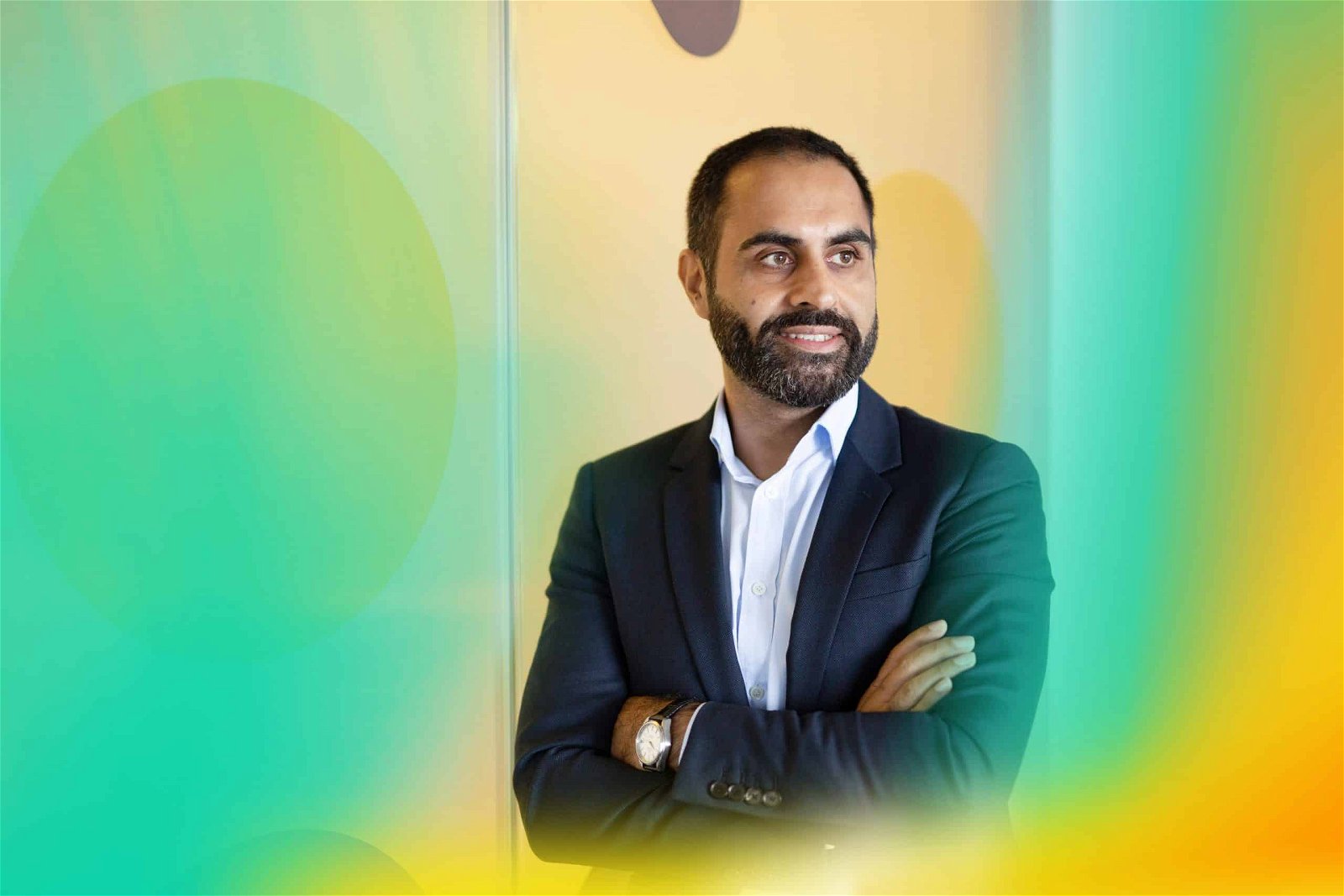Despite the exponential economic growth and boom of opportunities in Asia driven by tech, the region is still saddled with the talent drought that affects businesses the world over.
In part 1 of our series, we laid out the top 4 barriers that kept organisations from migrating their workloads to the cloud:
- Misalignment between businesses and their IT teams
- Tech skills and talent gap
- Security concerns
- Cloud compliance and regulations
And we delved into the issue with our very own Zek Chak.
This time, we’re joined by Randstad’s Daljit Sall, who’ll be helping us get to the bottom of the talent gap in Singapore and why it presents a problem for companies thinking of moving to the cloud.
Daljit is Randstad’s Senior Director of Information and Technology practice for Singapore, and a major force in recruitment consulting, connecting talented individuals with great companies across Singapore and APAC.

What is the state of tech talent in Singapore and APAC more broadly?
It’s no secret that every single employer in the Asia Pacific region is seeking and hiring candidates who bring digital skills In the workplace. Tech talent is expected to deliver high-quality products and services while meeting tight deadlines, and often with very limited resources.
Those who demonstrate strong technical proficiency, critical thinking and creativity are highly sought-after by employers.
On top of that, there is also an increasing demand for technologists who are able to drive change in emerging technologies such as artificial intelligence, robotics and quantum computing.
But these emerging technologies have outpaced education institutions’ curriculums.
In fact, 57 percent of respondents across APAC in the 2H 2020 Randstad Workmonitor survey believe that their employers will have trouble finding the right talent in a post-COVID-19 world.
On-the-job training and internships have sprung up to fill this gap. But it takes time, motivation, drive and passion to nurture talent from scratch.
At the end of the day, it’s important for employers and candidates to recognise that there will always be a knowledge gap between what is taught in school and what is actually required in the real world.
So if the pace of innovation and the inability of educational institutions to keep up is really what’s driving this talent drought…what can people do?
Because ‘new’ tech can quickly become ‘old’ in a matter of hours, tech talent should keep up with industry trends, exchange ideas within their community and constantly seek opportunities to learn and upskill.
Most job seekers Randstad has screened and interviewed expressed interest in upskilling and reskilling into other areas of technology.
However, the chance to do so is hard to come by as there are very few advanced programmes targeted at experienced technologists. Through our studies and discussions with job seekers, we found that the lack of learning resources and opportunities have driven some talent to seek out new employment.
Therefore, it’s essential that employers take some time to invest or set aside a budget for training/upskilling programmes.
So upskilling programmes can help keep top talent. What else can people do?
No doubt the easiest way to convince good talent to join your organisation is to offer a generous salary package. However, in the long run, it is unsustainable for companies to enter a price war on talent. It also feeds into a culture of employees who will jump at the first opportunity for a higher salary.
Instead, the talent attraction strategy should be a multi-pronged approach, considering both salary expectations as well as looking at the differing motivation of workers.
In Randstad Singapore’s Employer Brand Research (conducted pre-COVID), the top five most attractive attributes to tech professionals are:
| Top five most attributes tech professionals in APAC want from employers | |
|---|---|
| Good work-life balance | 66% |
| Attractive salary and benefits | 65% |
| Career progression opportunities | 44% |
| Job security | 41% |
| Financially healthy | 34% |
In addition, technologists typically want to work for a company that is cutting-edge and can help people improve their quality of life. Working in these innovative companies gives them an opportunity to pioneer new technologies and become an expert in these emerging fields.
So once you’ve got your talent, how do you keep them happy?
As the demand for tech talent remains very high, it is not uncommon for an experienced and high-performing professional to be tapped by multiple employers, even when they are not looking for jobs.
Therefore, employers should focus their efforts on engaging their tech employees and understanding their needs and challenges.
Companies can conduct short online surveys regularly for staff to share their concerns anonymously. What we have found is that employees tend to speak out more on platforms where they can remain anonymous.
Some tech firms conduct weekly CEO chats/townhalls, which is an initiative that is commonly practised in companies like Shopify, Slack and Zoom. These calls give employees the opportunity to discuss important issues such as the ill-effects of isolation from the pandemic, data ethics, social media dilemmas, as well as gender equality and race issues.
Employers that drive conversations on social causes that resonate with employees find it easier to engage and retain their people.
Why does talent leave?
According to Randstad Singapore’s Employer Brand Research, the top five reasons why tech talent eave their employer for a new one are:
| Top 5 reasons why tech talent their jobs in APAC | |
|---|---|
| Low salary | 61% |
| Less attractive benefits | 59% |
| Lack of purpose | 53% |
| Mismatched personal and organisational value | 45% |
| Poor relationship with manager | 36% |
So there is a need to frequently review the salary package of ICT workers as the depth and breadth of their skills regularly changes to reflect business demands and industry trends.
For example, programmers can learn a new programming language while at work, which would make them more valuable to their firm.
The takeaways:
- The tech talent gap and drought can’t be resolved by just educational institutions, a holistic combination of education, on-the-job training and reskilling programmes is required
- The majority of companies are not investing in developing and upskilling tech talent and this is a contributing factor to talent looking for new employment
- Key reasons talent leaves an organisation includes non-competitive compensation and benefits, lack of purpose on the job, misalignment of values and poor relationships with managers
- Good talent gets approached even when they are not job-hunting, so organisations should compensate them fairly and always keep them engaged
How can we help
As a cloud-native managed service provider, we’re perfectly placed to help you sidestep the talent gap.
We regularly partner with companies in Singapore and APAC to migrate, modernise and transform cloud solutions, so whatever the issue, just get in touch.
This is the second instalment of a 4-part series on barriers to cloud adoption in Singapore. You can read the following parts at: Part 1.


